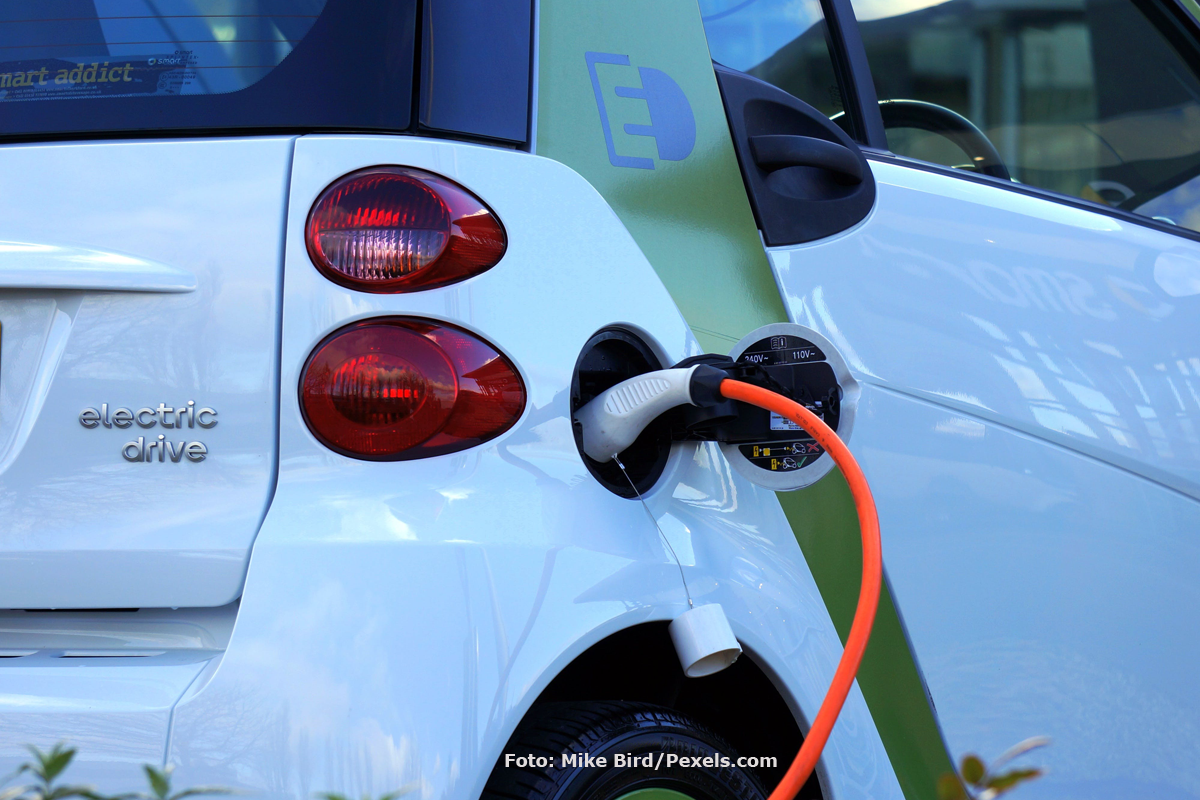Electric Car VAT is Overpaid, VAT-Registered Person are Now Eligible for Preliminary Restitution

Vat-registered persons (PKP) who transfer or sell certain battery-based electric cars that have tax overpayments are now entitled to a preliminary restitution facility to the Directorate General of Taxes (DGT) as they are designated as low-risk VAT-registered persons.
This is as stated in the Minister of Finance Regulation (PMK) Number 116 of 2023. The regulation is an amendment to PMK Number 38 of 2023 concerning Value Added Tax (VAT) on the transfer of certain four-wheeled battery-based electric motor vehicles and certain bus battery-based electric motor vehicles.
In the previous regulation, the government has not yet regulated the mechanism for restitution or refund of excess tax arising from the transfer of certain electric cars. Usually, restitution is made by a VAT-Registered Person when there is a tax overpayment.
In the context of VAT, tax overpayment is characterized by the higher amount of input tax of a VAT-Registered Person compared to its output tax. Related to this provision, VAT-Registered Persons are entitled to choose preliminary restitution or normal restitution. If they choose preliminary restitution, it means that the refund of the overpayment will be given without going through the audit process first.
In fact, the granting of preliminary restitution by the DGT related to the handover of the Electric car can be done without the need for an application for designation as a low-risk VAT-registered person. In addition, the DGT also does not need to issue an official designation as a low-risk VAT-registered person.
Read: Effective in April, VAT Incentives for Electric Cars and Buses Released
Restitution Due to Compensation
Preliminary restitution of tax overpayment is also still given to VAT-Registered Persons, even if the overpayment is due to compensation from the previous tax period.
Just a reminder that the legal basis for the preliminary restitution facility is regulated in Article 9 paragraph (4c) of the VAT Law and is given only to low-risk VAT-Registered Persons. However, the provision does not yet cover the transfer of electric cars.
Several conditions need to be considered so that a VAT-Registered Person can utilize the preliminary restitution facility:
- The VAT-Registered Person transfers certain battery-based Electric Vehicles and/or certain bus battery-based Electric Vehicles, during the tax period related to the restitution submission.
- The Electric Vehicle is not transferred for personal use or a free gift.
- VAT-Registered Person must choose the preliminary restitution mechanism according to Article 9 paragraph (4c) of the VAT Law in the Periodic VAT Return, including the correction of periodic VAT Return.
Tax Invoice Code Setting
In addition to regulating preliminary restitution, this latest regulation also adds provisions related to the making of tax invoices, specifically, regarding the inclusion of invoice codes.
So, even though no VAT is collected on the transfer of this electric vehicle because it is borne by the government, a VAT-registered person is still required to make a tax invoice. Two types of tax invoices must be made, namely for the portion of VAT borne by the government with transaction code 07 and for the portion of VAT not borne by the government with transaction code 01.
For the issuance of these tax invoices, this regulation emphasizes that for the transfer of Electric Vehicles from VAT-registered Persons to government agencies, the transaction code used is 02. Meanwhile, if it is transferred to other than government agencies, the transaction code used is 03. Then if the tax base uses another value, the transaction code is 04.
In the previous provision, the determination of this transaction code was not regulated. To provide legal certainty, it is emphasized through the latest regulation.
The Amount of Government-Borne VAT
Regarding the amount of VAT on the delivery of electric cars which is borne by the government, there has been no change. Thus, the terms and criteria for providing a Government-borne VAT facility are still the same, namely 10% for vehicles that have a domestic component level of at least 40%. This means that taxpayers only need to pay VAT of 1% of the selling price.
Then for those with a domestic component level of between 20% to less than 40%, the VAT covered is 5%. In other words, VAT must still be collected at 6% of the selling price. (ASP/KEN)


